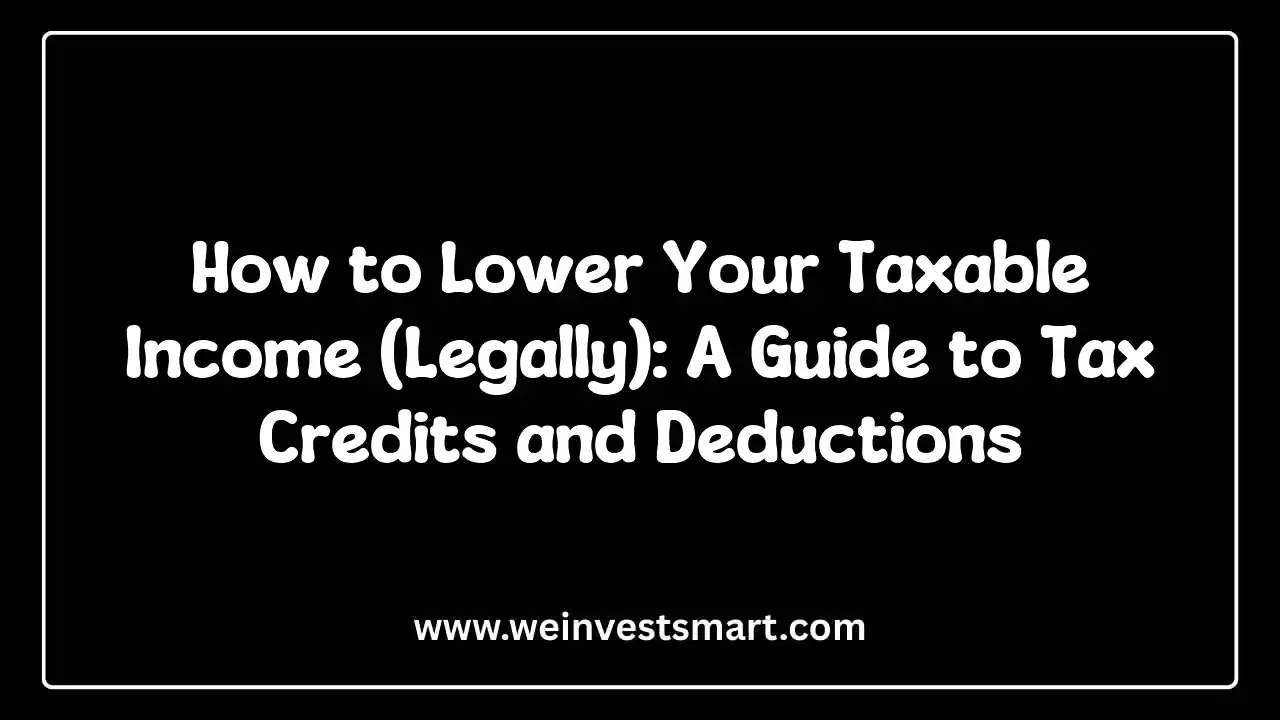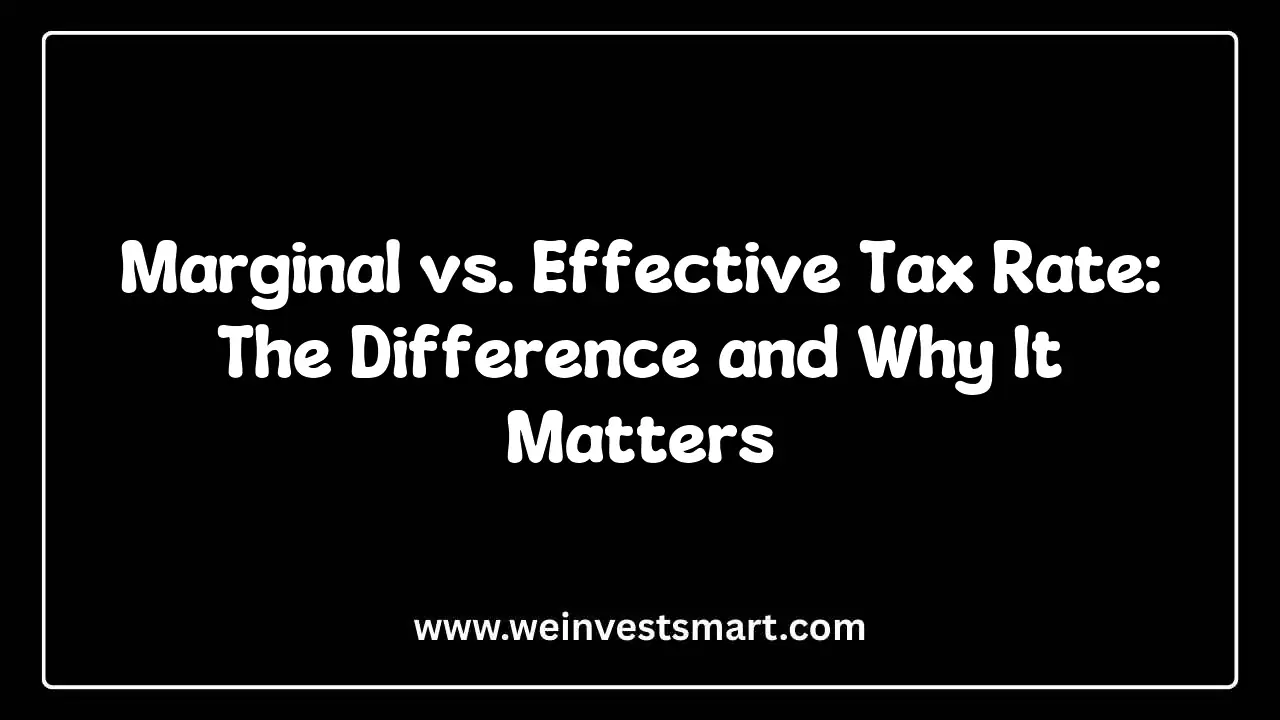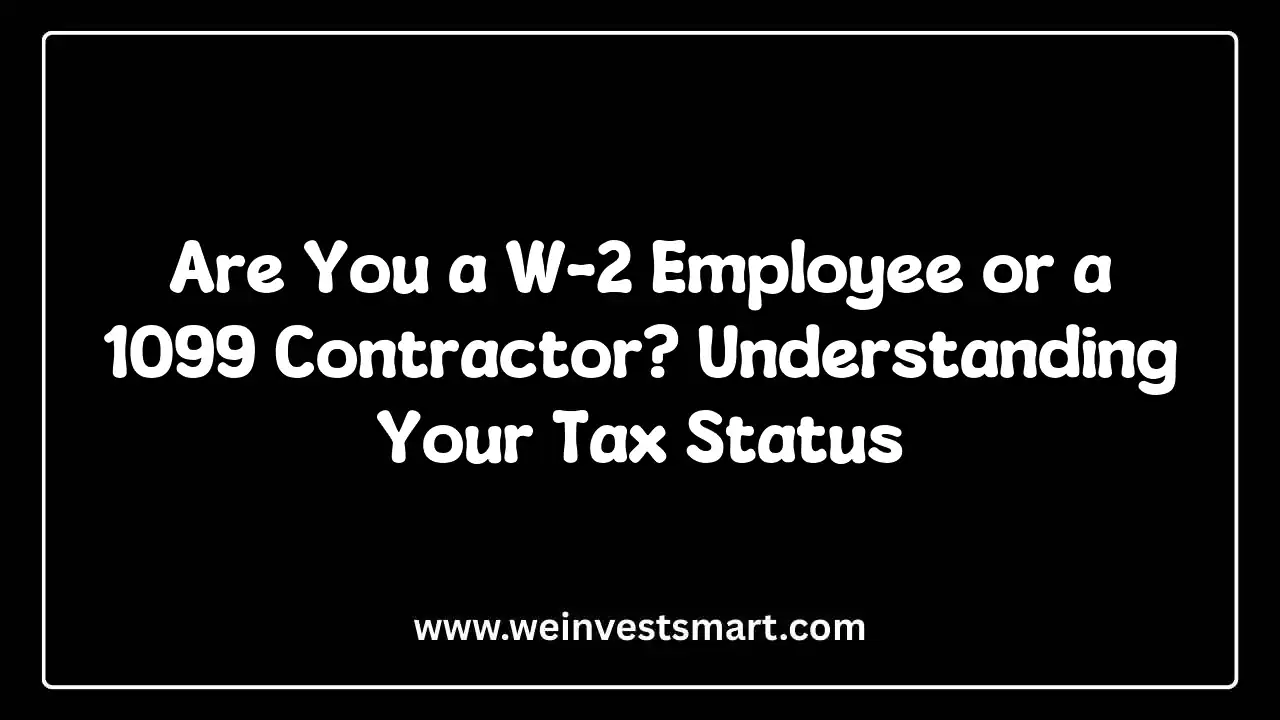· WeInvestSmart Team · personal-finance · 11 min read
Insurance 101: The 4 Types of Insurance You Absolutely Need and Why
A simple primer on the essential forms of insurance to protect financial well-being: Health, Auto, Renters/Homeowners, and Term Life Insurance. Explain what each one does and who needs it.
Most people view insurance as a necessary evil. It’s a bill you pay every month for something you hope you never have to use, a grudge purchase that feels like pouring money down the drain. But here’s the uncomfortable truth: building a financial plan without the right insurance is like building a skyscraper on a foundation of sand. It might look impressive for a while, but a single storm can bring the whole thing crashing down. Going straight to the point, insurance isn’t an investment; it is the non-negotiable bedrock of your entire financial well-being.
We live in a world that encourages us to focus on the exciting parts of finance: picking stocks, growing our net worth, and saving for retirement. But what we often ignore is the defensive side of the game. The funny thing is that one single catastrophic event—a major car accident, a sudden illness, a house fire—can wipe out a decade of diligent saving and investing in a matter of weeks.
But what if we told you that for a relatively small, predictable cost, you could transfer that catastrophic risk to someone else? Here’s where things get interesting. That’s all insurance is. It’s a risk management tool. You are paying an insurance company to take on a massive, unpredictable financial risk that you cannot afford to bear yourself. And this is just a very long way of saying that a solid financial safety net isn’t a “nice-to-have”; it’s the essential prerequisite for building any lasting wealth. Let’s break down the four pillars of that foundation.
Health Insurance: Your Shield Against Financial Ruin
Most people, especially when they’re young and healthy, see health insurance as an expensive and unnecessary line item in their budget. “I never get sick,” they say, “Why should I pay hundreds of dollars a month?” This is one of the most dangerous financial myths you can believe.
Going straight to the point, health insurance is a contract that helps cover your medical costs, from routine check-ups to major surgeries. But its most important job is not to pay for your annual physical; it’s to protect you from financial ruin. The uncomfortable truth is that medical debt is the number one cause of personal bankruptcy in the United States. A single broken leg can cost over $7,500. A three-day hospital stay can easily exceed $30,000. Cancer treatment can cost hundreds of thousands.
Here’s where things get interesting. Let’s demystify the jargon. Think of your health insurance policy like a superhero’s shield:
- Premium: This is the monthly fee you pay to keep the shield active. It’s your subscription to the protection plan.
- Deductible: This is the amount of damage the shield will let through before its full power kicks in. You have to pay this amount out-of-pocket for your medical care each year before the insurance company starts paying the majority of the bills.
- Co-pay/Coinsurance: These are the small amounts you pay for routine services (like a doctor’s visit or a prescription) after your deductible has been met. It’s your share of the cost.
- Out-of-Pocket Maximum: This is the absolute most you will ever have to pay for your medical care in a given year. Once you hit this number, the insurance company covers 100% of your eligible costs. This is the feature that prevents a million-dollar medical bill from bankrupting you.
Who needs it? Going straight to the point, every single person living in the United States needs health insurance. There are no exceptions. The risk of going without it is a gamble you cannot afford to take, as it jeopardizes not just your health but your entire financial future.
You may also be interested in: Understanding the Hidden Costs of Homeownership (Beyond the Mortgage)
Auto Insurance: The Non-Negotiable Cost of Driving
Unlike health insurance, auto insurance is legally required in nearly every state. But here is the dangerous assumption most people make: they believe that buying the absolute minimum coverage required by law is a smart way to save money.
Going straight to the point, auto insurance is a policy that protects you financially in case of a car accident or other damage to your vehicle. The state-mandated minimums, however, are often dangerously inadequate to actually protect you.
Here’s where things get interesting. Let’s break down the most important components of your policy:
- Liability Coverage: This is the single most important part of your auto insurance. It does not cover you or your car. It covers the other person’s medical bills and property damage if you cause an accident. State minimums for liability can be as low as $25,000. But what if you cause a multi-car accident and the new cars you damage are worth $40,000 each, and the occupants require a hospital stay? Your “coverage” will be exhausted almost instantly, and you will be personally sued for the rest. They can garnish your wages and seize your assets for years.
- Collision Coverage: This is what pays to repair or replace your car if you get into an accident you caused. If you have a car loan or lease, this is typically required by the lender.
- Comprehensive Coverage: This pays for damage to your car from non-accident events. Think of it as “Acts of God and Man.” This includes theft, vandalism, a tree falling on your car, hail damage, or hitting a deer.
This sounds like a trade-off: paying a higher premium for more than the minimum coverage seems like a waste. But it’s actually a desirable thing. We covet higher liability limits (financial advisors often recommend at least $100,000 per person and $300,000 per accident) because a single at-fault accident can erase your entire net worth and mortgage your future earnings. Skimping on liability coverage is one of the biggest personal finance mistakes a person can make. You get the gist: auto insurance isn’t just about fixing your bumper; it’s about protecting your entire financial life from a lawsuit.
You may also be interested in: Finance Jargon, Demystified: 15 Essential Terms Every Beginner Must Know
Renters & Homeowners Insurance: Protecting Your Stuff and Your Liability
Whether you own a home or rent an apartment, you need a policy to protect your personal world. These types of insurance cover both your belongings and, just as importantly, your personal liability.
For Homeowners
Going straight to the point, homeowners insurance is a policy that protects the physical structure of your house (dwelling coverage) and your personal belongings from disasters like fire, windstorms, and theft. But even though we all know this, we must acknowledge that most people forget about its other crucial component: liability protection. If the mail carrier slips on your icy steps and sues you, or a guest’s child gets injured on your swing set, your homeowners liability coverage is what pays for the legal fees and settlement. Without it, you could lose your home and more.
For Renters
Here is one of the most pervasive and costly myths in personal finance: “My landlord has insurance, so I’m covered.” This is completely and utterly false. The landlord’s policy covers the building structure—the walls, the roof, the plumbing. It covers their assets. It does not cover a single one of your personal belongings.
Going straight to the point, renters insurance is designed to cover all of your personal property—your furniture, electronics, clothes, etc.—in the event of a fire, theft, or other disaster. The funny thing is that renters insurance is shockingly cheap, often costing between $15 and $30 per month. For the price of a few coffees, you can get $30,000 or more in property coverage.
But here’s where things get interesting. Just like homeowners insurance, renters insurance also comes with powerful liability protection. If you accidentally start a kitchen fire that causes smoke damage to your neighbor’s apartment, or your dog bites someone in the hallway, your renters liability coverage can save you from a massive, life-altering lawsuit. Who needs it? If you rent, you need renters insurance. It is one of the best bargains in the entire world of financial protection.
You may also be interested in: How to Use a “Balance Transfer” Credit Card to Crush High-Interest Debt
Term Life Insurance: The Ultimate Financial Gift to Your Loved Ones
No one likes to think about their own mortality, which is why life insurance is often misunderstood and oversold. The industry is filled with complex, expensive products designed to confuse you. But the core concept is incredibly simple.
Going straight to the point, life insurance pays a tax-free, lump-sum death benefit to your chosen beneficiaries if you pass away. Its purpose is to replace your lost income so that the people who depend on you financially will not suffer.
The most important distinction to understand is Term vs. Whole Life Insurance.
- Whole Life Insurance is a complex, high-cost product that bundles a death benefit with a “cash value” savings component that is a terrible investment. It’s almost always the wrong choice.
- Term Life Insurance is pure, simple, and affordable. It’s like renting protection. You pay a small premium for a large amount of coverage for a specific “term” (e.g., 20 or 30 years). You choose a term that covers the period when your financial loss would be most devastating—while your kids are young, and your mortgage is large.
But what do we mean by “who needs it”? The question is simple: Does anyone depend on your income?
- If you have a spouse who relies on your income to pay the bills, you need it.
- If you have children, you absolutely need it.
- If you have aging parents you support, you need it.
- If you have significant co-signed debts, like a private student loan with a parent, you need it.
Here’s where things get interesting. Most people dramatically overestimate the cost of term life insurance. A healthy 30-year-old can often get a $500,000, 20-year term policy for less than $30 a month. That’s a small price to pay to ensure your family could stay in their home and your children could still go to college if the worst were to happen.
Who doesn’t need it? If you are single, have no dependents, and have no major co-signed debts, you likely don’t need life insurance. If you are already financially independent and your family would be fine without your income, you don’t need it.
You may also be interested in: What Are High-Yield Savings Accounts (HYSAs) and Why You Need One Right Now
The Bottom Line: Insurance is the Foundation of Your Financial House
A solid financial plan is built in layers. The foundation is not your investment portfolio; it’s your risk management plan. Your financial safety net, composed of these four essential types of insurance, is the boring, unsexy foundation that makes all your other goals—saving, investing, building wealth—possible.
You are not paying for a product you hope to use. You are paying for peace of mind. You are buying protection against the catastrophic “what ifs” that can derail a lifetime of hard work and careful planning.
And this is just a very long way of saying that it’s time to stop seeing insurance as an expense. Start seeing it as the purchase of security and stability for you and your family. It is the best money you will ever spend, precisely because you hope you never, ever have to use it.
Types of Insurance You Need FAQ
What are the 4 types of insurance you need?
The four essential types of insurance are health insurance, auto insurance, renters or homeowners insurance, and term life insurance. These provide protection against major financial risks like medical bills, accidents, property damage, and loss of income.
Why is health insurance important?
Health insurance protects you from catastrophic medical expenses. Medical debt is the leading cause of personal bankruptcy in the US, and a single hospital stay can cost tens of thousands of dollars.
What is the difference between renters and homeowners insurance?
Renters insurance covers your personal belongings and liability if you rent, while homeowners insurance covers the physical structure of your home and your belongings if you own. Both include liability protection for accidents on the property.
When do you need term life insurance?
You need term life insurance if anyone depends on your income, such as a spouse, children, or aging parents. It provides a tax-free death benefit to replace lost income and cover expenses like college or mortgage payments.
How much does insurance cost?
Insurance costs vary widely based on location, coverage level, and personal factors. Health insurance can cost $200-800/month, auto insurance $100-300/month, renters insurance $15-30/month, and term life insurance $20-100/month for $250,000 coverage.
This article is for educational purposes only and should not be considered personalized financial advice. Consider consulting with a financial advisor for guidance specific to your situation.



